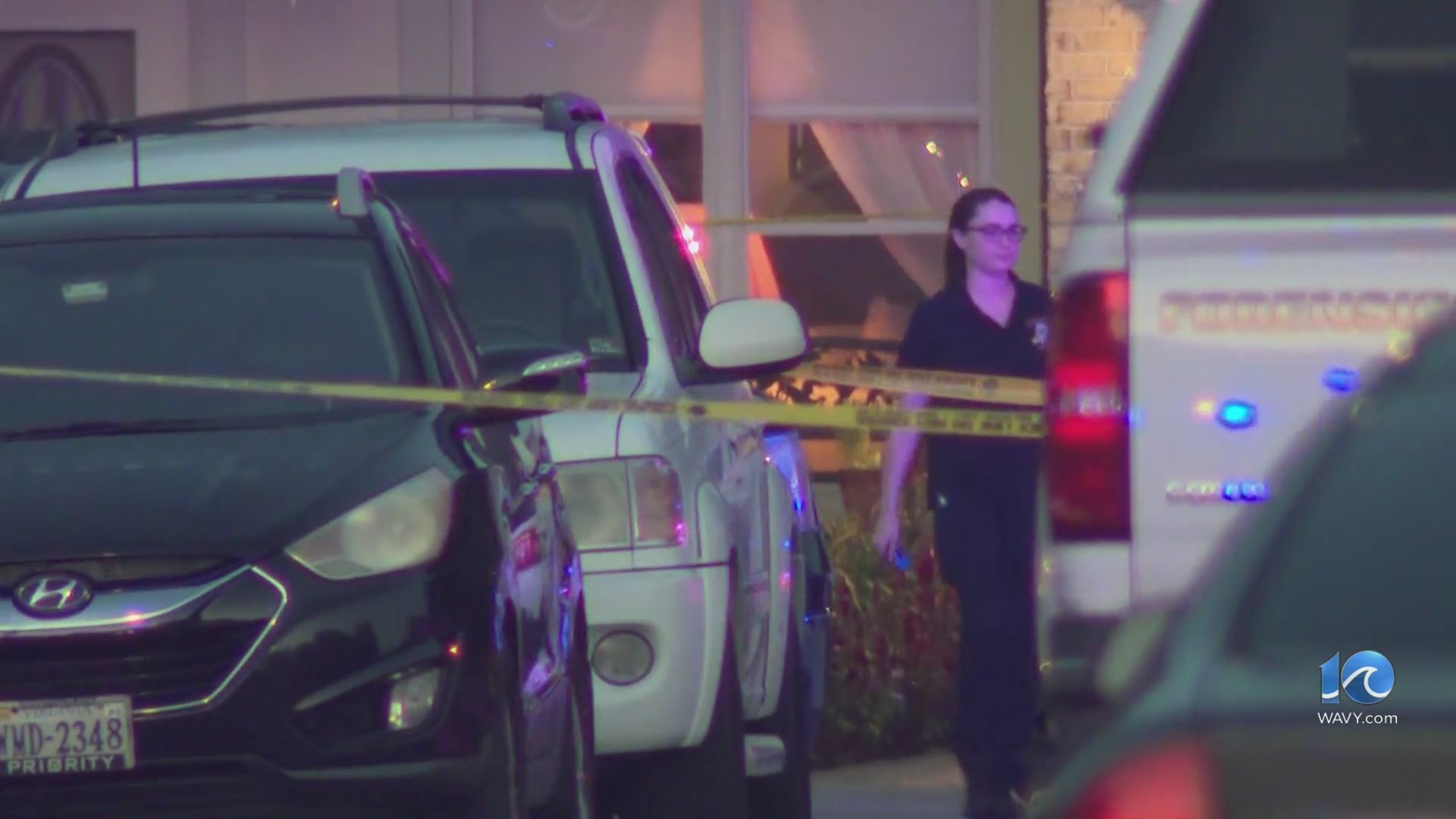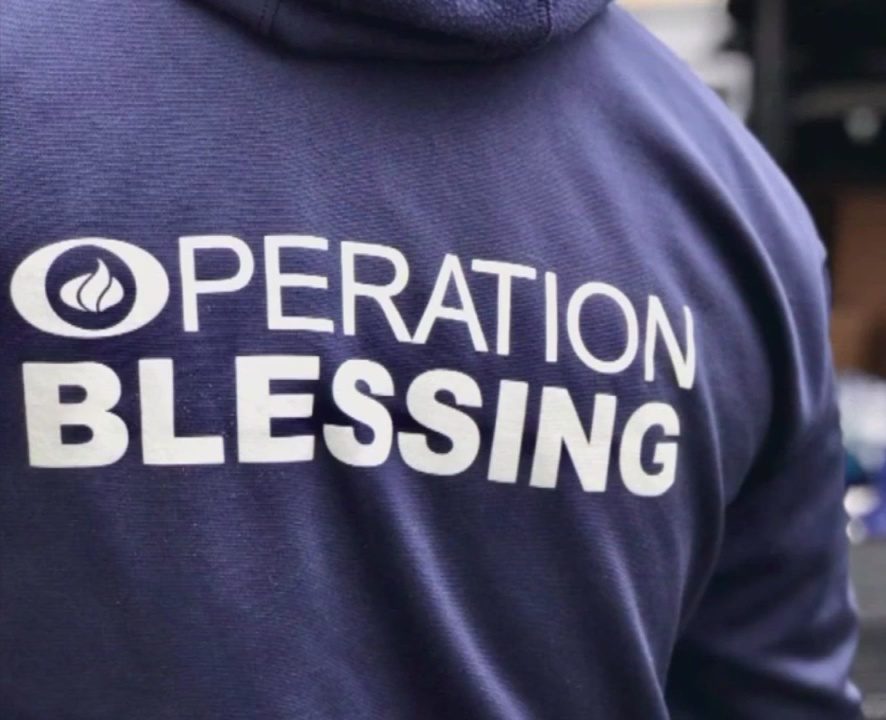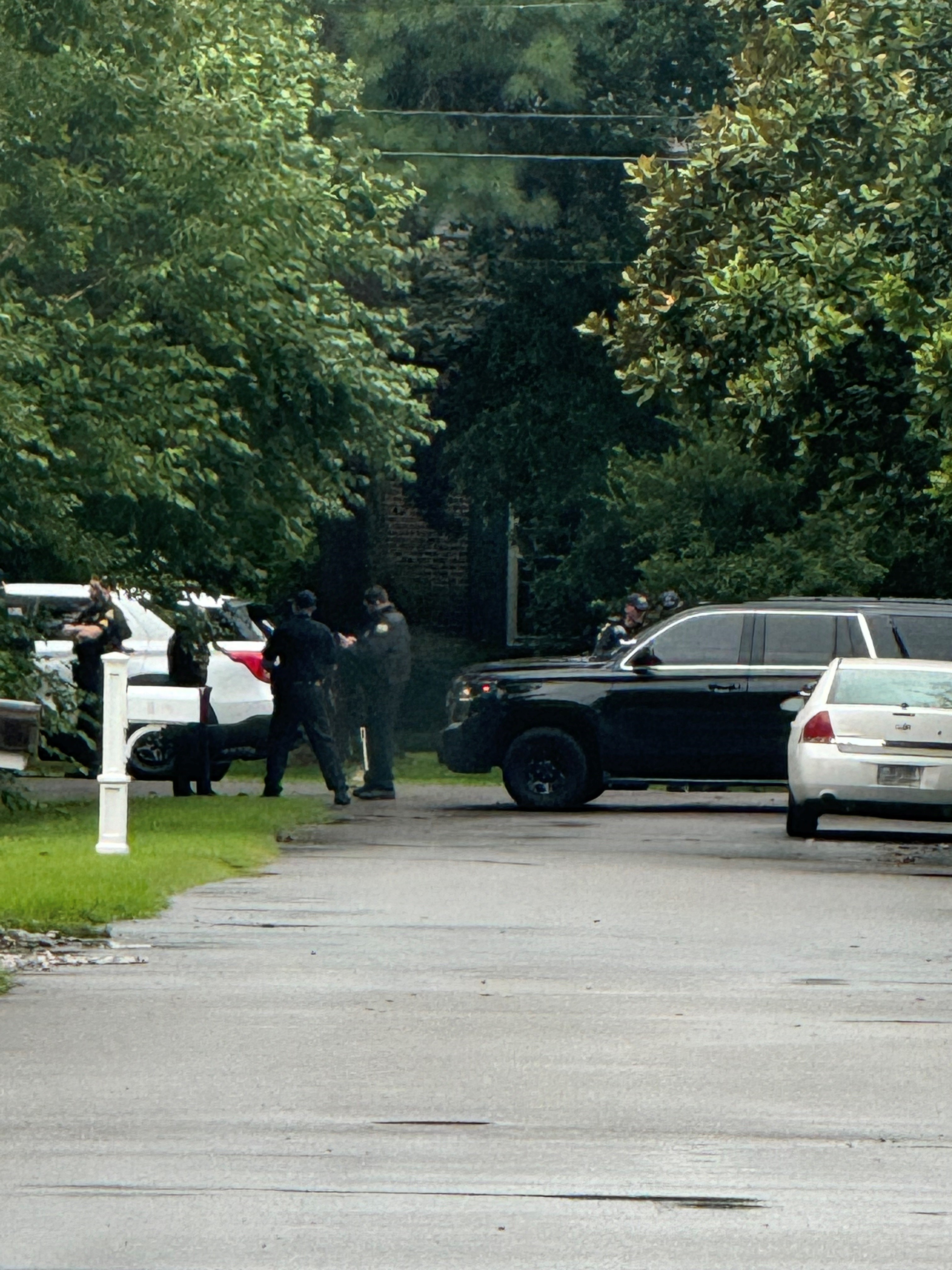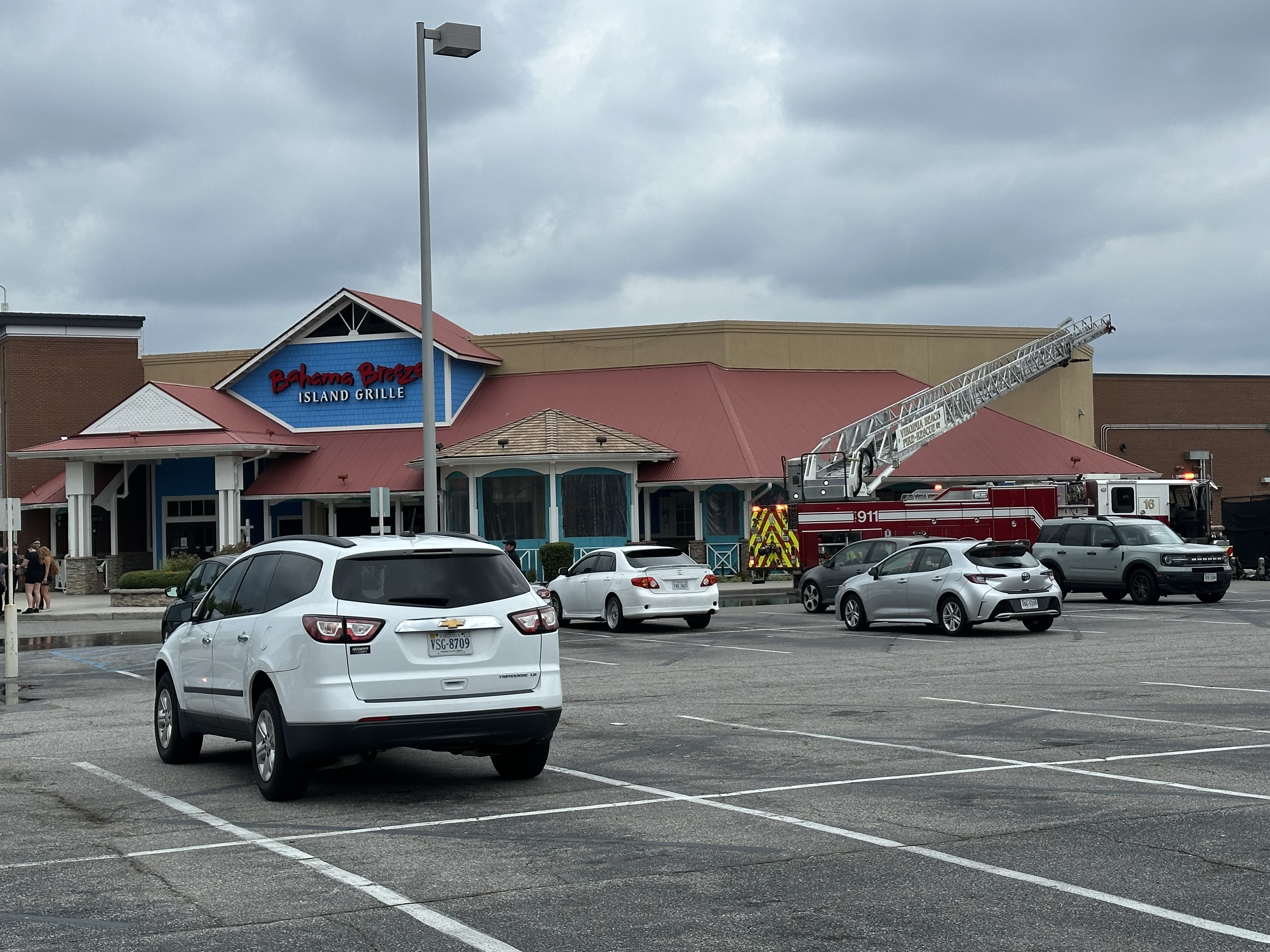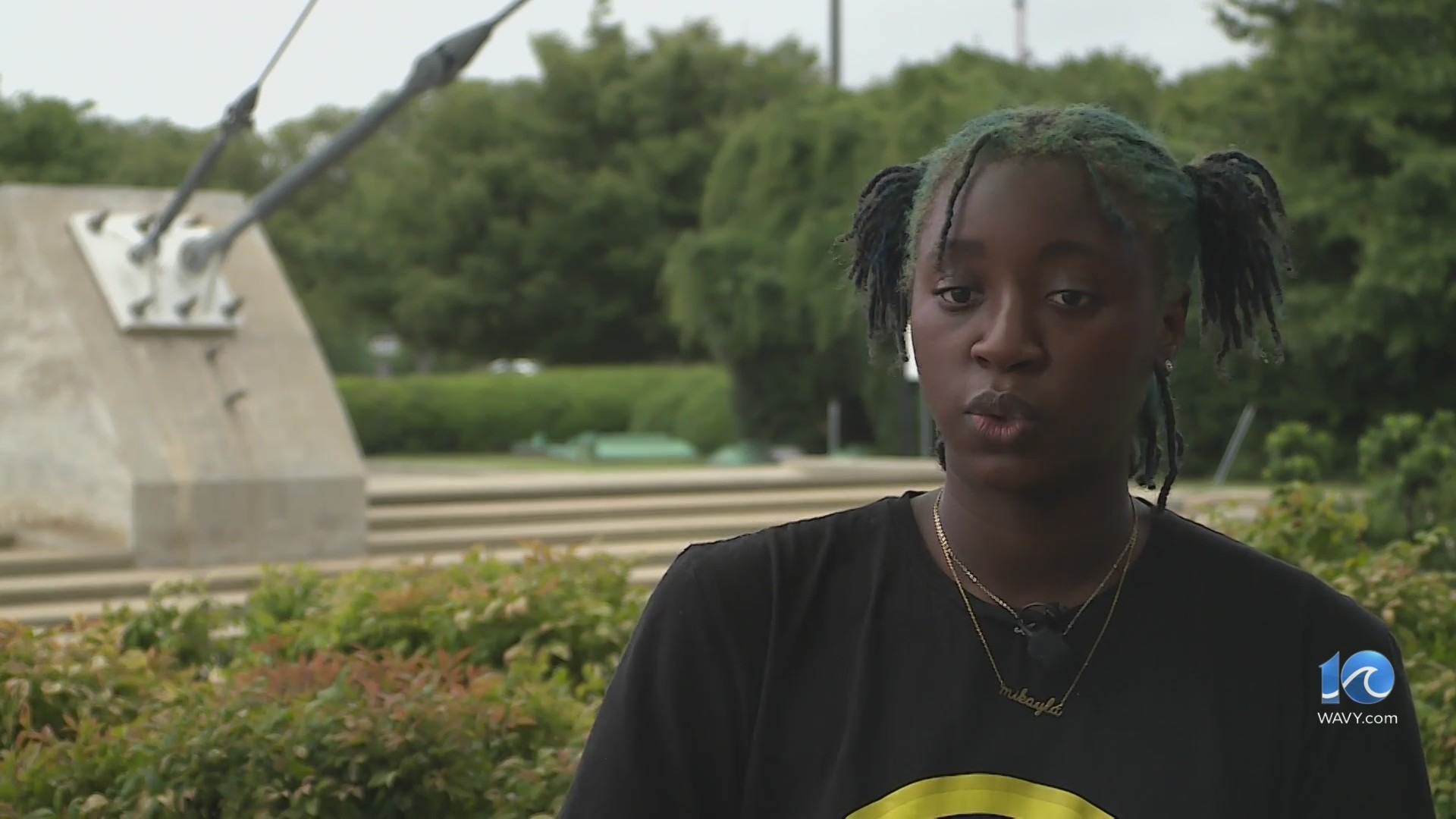RALEIGH, N.C. (WNCN) — A growing number of North Carolina’s counties didn’t report any new cases of COVID-19 over the past week.
And public health experts point to one simple explanation.
“It’s a sign that our community has embraced being vaccinated overall,” said Dr. Lisa Pickett, a trauma surgeon at Duke University Hospital.
From May 21-27, four counties — Hyde, Pamlico, Mitchell and Swain — each reported zero new cases. Another 15 averaged one or fewer new cases each day during that span.
Both numbers grew noticeably after the Memorial Day weekend, with the state Department of Health and Human Services update late Tuesday afternoon that spans May 25-31, showing seven counties — including Granville and Northampton in the CBS 17 viewing area — with no new cases.
And nearly a quarter of the state’s 100 counties now average one new case per day or fewer.
“One of the things that tells us is that vaccination works,” said Dr. Erica Pettigrew of the UNC Family Medicine Center and the medical director of the Orange County Health Department.
“Vaccination doesn’t tell us this whole story because our vaccination rates, as we stand now in the state, would not explain this type of decline. So we’re still trying to figure out exactly what’s going on.”
Almost 90 percent of counties reported fewer cases now than they did in mid-April. Of the ones with more, those increases are mostly modest — with Watauga County the only one with more than 15.
Orange County, which has one of the state’s highest vaccination rates, showed just seven new cases in seven days from May 21-27, though it ticked up to nine cases after the latest update.
“It’s amazing when you think about it now,” said county spokesman Todd McGee. “But I think it just shows the effectiveness of the vaccines.”
But it’s hard to ignore another potential explanation: Fewer tests.
A total of 20 counties — including the four mountain counties reporting zero new cases — didn’t perform enough tests over the past two weeks for DHHS to calculate a reliable percent positive.
“I think that can be a piece of it. I don’t think that’s the main driver of this,” Pettigrew said. “I do think that mostly this is good news. But … there’s an element of people letting their guard down in terms of testing.”
Pickett says the number of COVID-19 patients at Duke’s hospitals have dropped and the patients who do wind up there tend to have one thing in common: For one reason or another, they aren’t vaccinated.
“And that really leda me to think that this is really, by and large, reflective of vaccination,” Pickett said.


